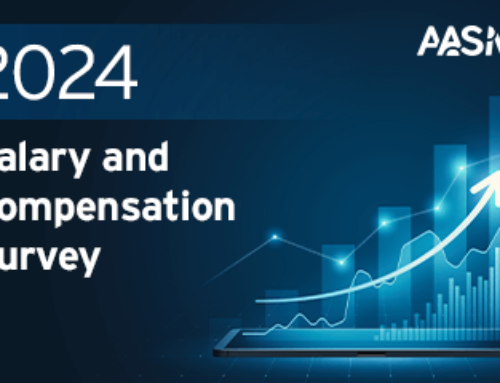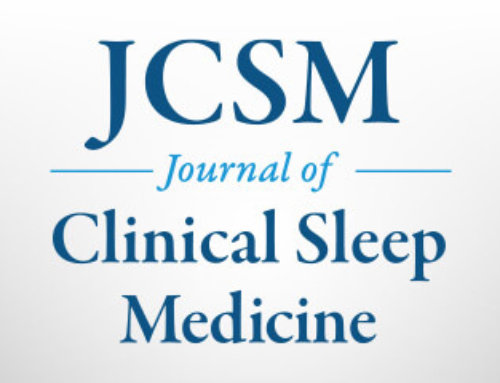CONTACT: AASM Director of Communications Kathleen McCann
708-492-0930, ext. 9316
kmccann@aasm.org
WESTCHESTER, IL – Exposure to extraordinarily brief, millisecond flashes of bright light improves alertness at night, according to a research abstract that will be presented Monday, June 7, 2010, in San Antonio, Texas, at SLEEP 2010, the 24th annual meeting of the Associated Professional Sleep Societies LLC.
Results indicate that subjective sleepiness decreased and objective nighttime alertness improved after participants received a two-millisecond pulse of bright light once per minute for 60 minutes. Flash exposure, as compared with darkness, elicited significant improvement in self-rated alertness and a significant 57-millisecond improvement in median reaction time on the auditory Psychomotor Vigilance Test, compared with no significant improvement after 60 minutes of darkness. This was accompanied by significant changes in the faster frequencies of the EEG following exposure to the flashes.
"We found it shocking that light exposure as brief as a few milliseconds could engender changes in alertness and brain wave activity," said principal investigator Jamie M. Zeitzer, PhD, assistant professor in the department of psychiatry and behavioral sciences at Stanford University in Palo Alto, Calif. "These results change the manner in which we think about the brain’s capacity to respond to light."
The randomized crossover study involved seven people who were tested two times, with the sessions separated by more than two weeks. In each testing condition they were wakened two hours after their typical bedtime for stimulus administration. Once they were exposed to an hour of darkness, and once they were exposed to a total of 120 milliseconds of bright light pulses during an hour of darkness. Vigilance was measured immediately before and at the end of the 60-minute stimulus.
According to the American Academy of Sleep Medicine, the solar light-dark cycle is the primary environmental time cue for synchronizing the circadian system to the 24-hour day. Artificial light absorbed by visual photoreceptors also can affect circadian timing by triggering the suppression of melatonin, a hormone that acts as a "darkness signal."
AASM practice parameters indicate that timed light exposure in the work environment can decrease sleepiness and improve alertness during night shift work. However, bright light therapy typically involves exposure to up to 10,000 lux of light for scheduled periods of 20 minutes or more.
The study was supported by the Air Force Office of Scientific Research, the Veterans Administration and Stanford University.
The SLEEP 2010 abstract supplement is available for download on the website of the journal SLEEP at .https://www.journalsleep.org/ViewAbstractSupplement.aspx
A joint venture of the American Academy of Sleep Medicine and the Sleep Research Society, the annual SLEEP meeting brings together an international body of more than 5,000 leading clinicians and scientists in the fields of sleep medicine and sleep research. At SLEEP 2010 more than 1,100 research abstract presentations will showcase new findings that contribute to the understanding of sleep and the effective diagnosis and treatment of sleep disorders such as insomnia, narcolepsy and sleep apnea.
Media Note: Updates have been made to the study data since the publication of the abstract; current data are included in this press release and will be explained in the poster.
Abstract Title: Exposure to bright, millisecond light flashes enhance objective measures of nocturnal alertness in humans
Category: Sleep Deprivation
Abstract ID: 0257
Presentation Date: Monday, June 7, 2010
Presentation Type: Poster – #11
Presentation Time: 10:30 a.m. – 12:30 p.m.




